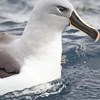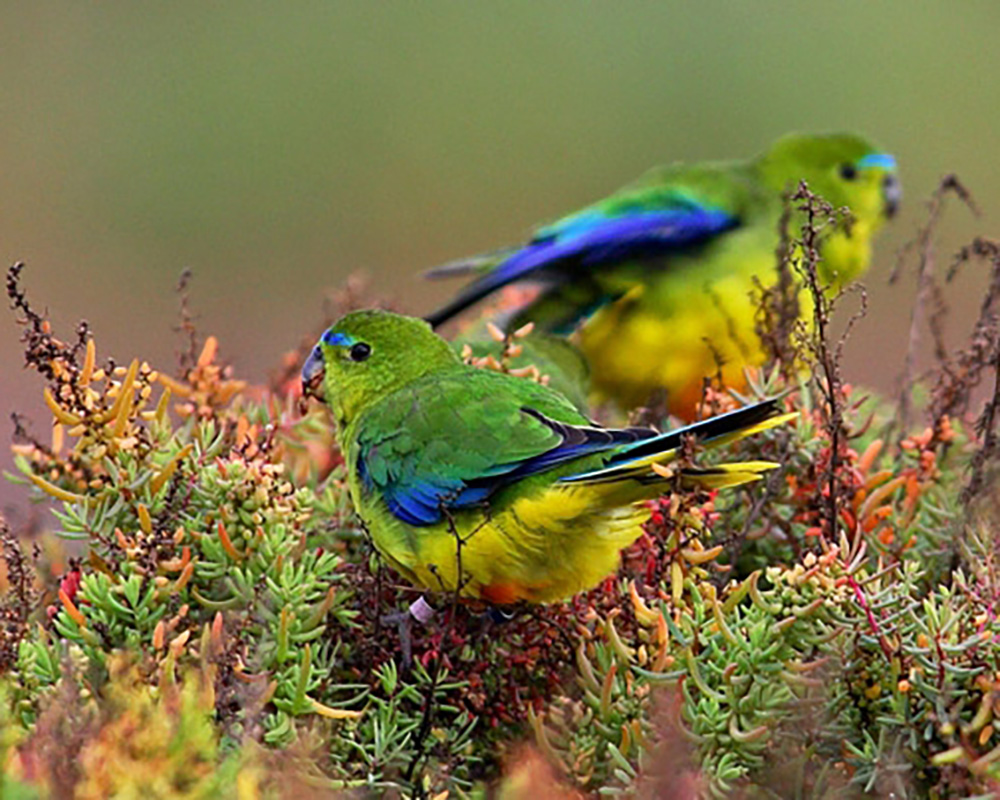
No surprises, no regrets: Identifying Australia's most imperilled animal species
Monday, 24 September 2018It was only in 1929 that thylacines were first afforded any protection under legislation. Seven years later they were added to the list of protected wildlife, but the last known individual died that same year. The Christmas Island forest skink was first included on Australia’s list of threatened species in January 2014. Just four months later, the last known individual died. Both extinctions could almost certainly have been prevented if action had been taken earlier. The gnawing question ‘what if we had known earlier...?’ is a recurring theme of frustration and failure in much conservation biology – as it is in human experience generally. When recognition of the imminence of a serious and irretrievable loss is belated, opportunities for better outcomes are fatally lost.
Hayley Geyle
Stephen Garnett
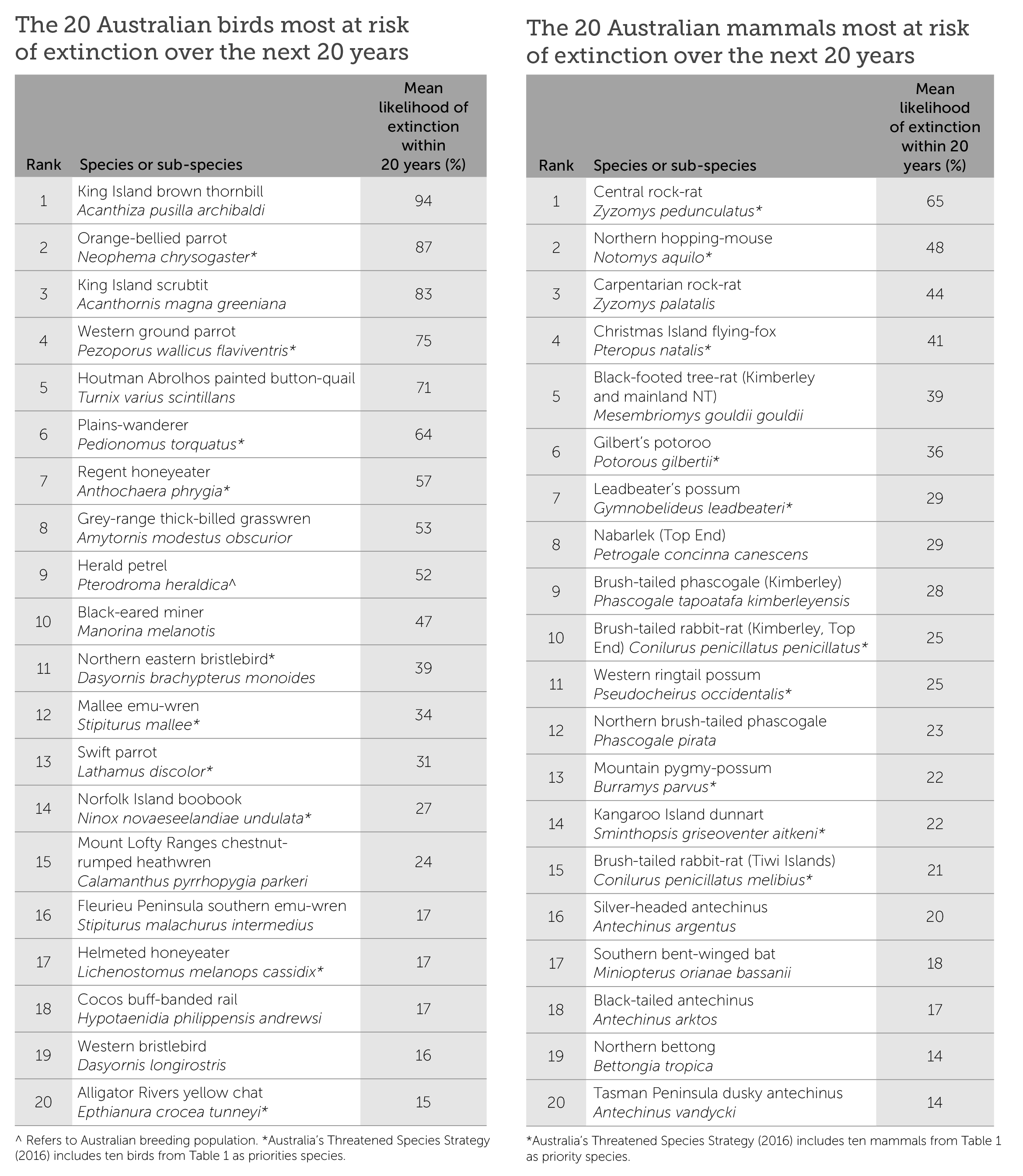
Top Image: Orange-bellied parrots. Photo: Chris Tzaros
-

Preventing extinctions of Australian lizards and snakes
Tuesday, 02 February 2021 -

The Australian freshwater fishes at greatest risk of extinction
Tuesday, 01 September 2020 -

Saving Tasmania's difficult birds
Monday, 27 July 2020 -

Please save these frogs: The 26 Australian species at greatest risk of extinction
Friday, 20 August 2021
-
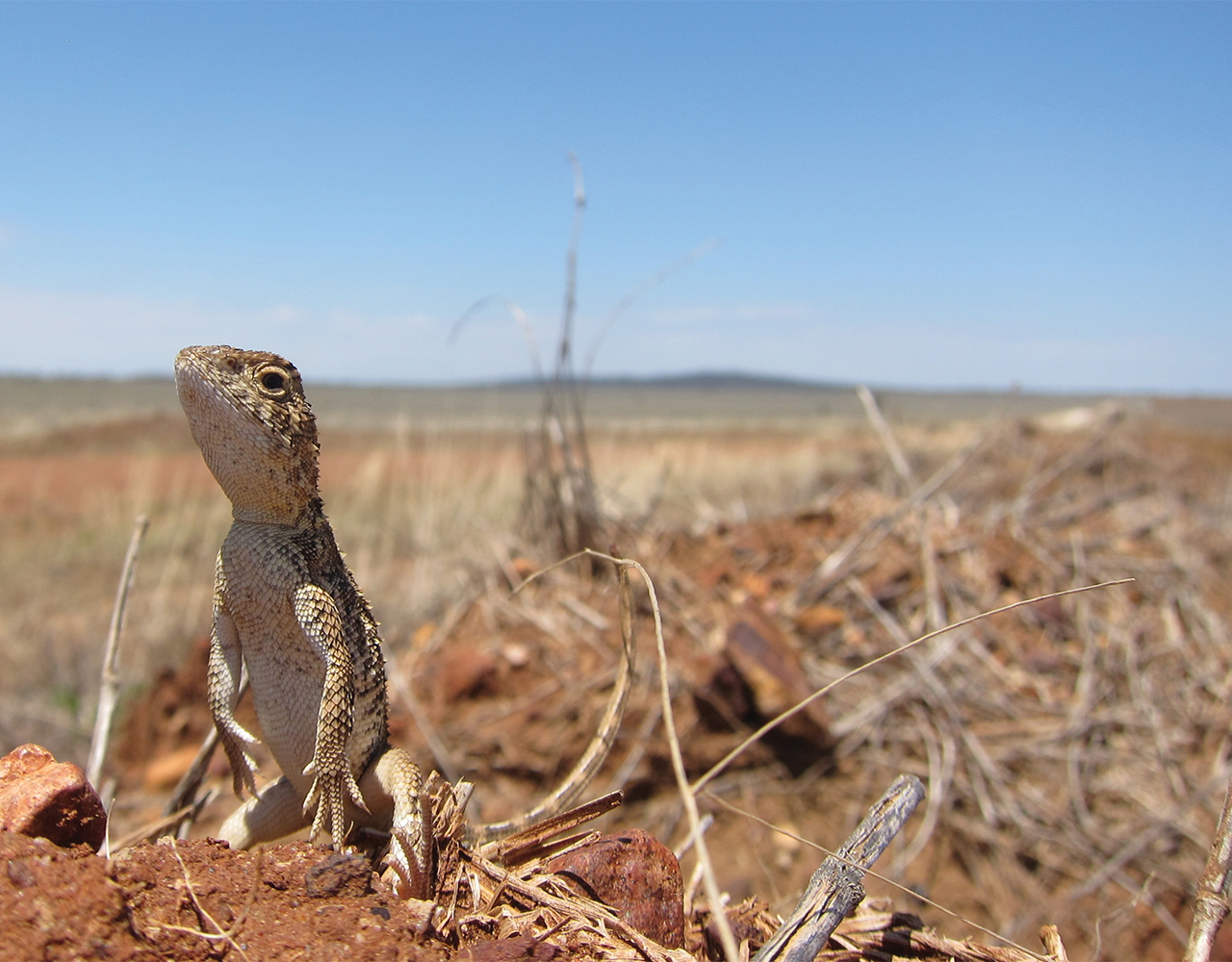
Unique yet neglected: The Australian snakes and lizards on a path to extinction
Tuesday, 10 November 2020 -
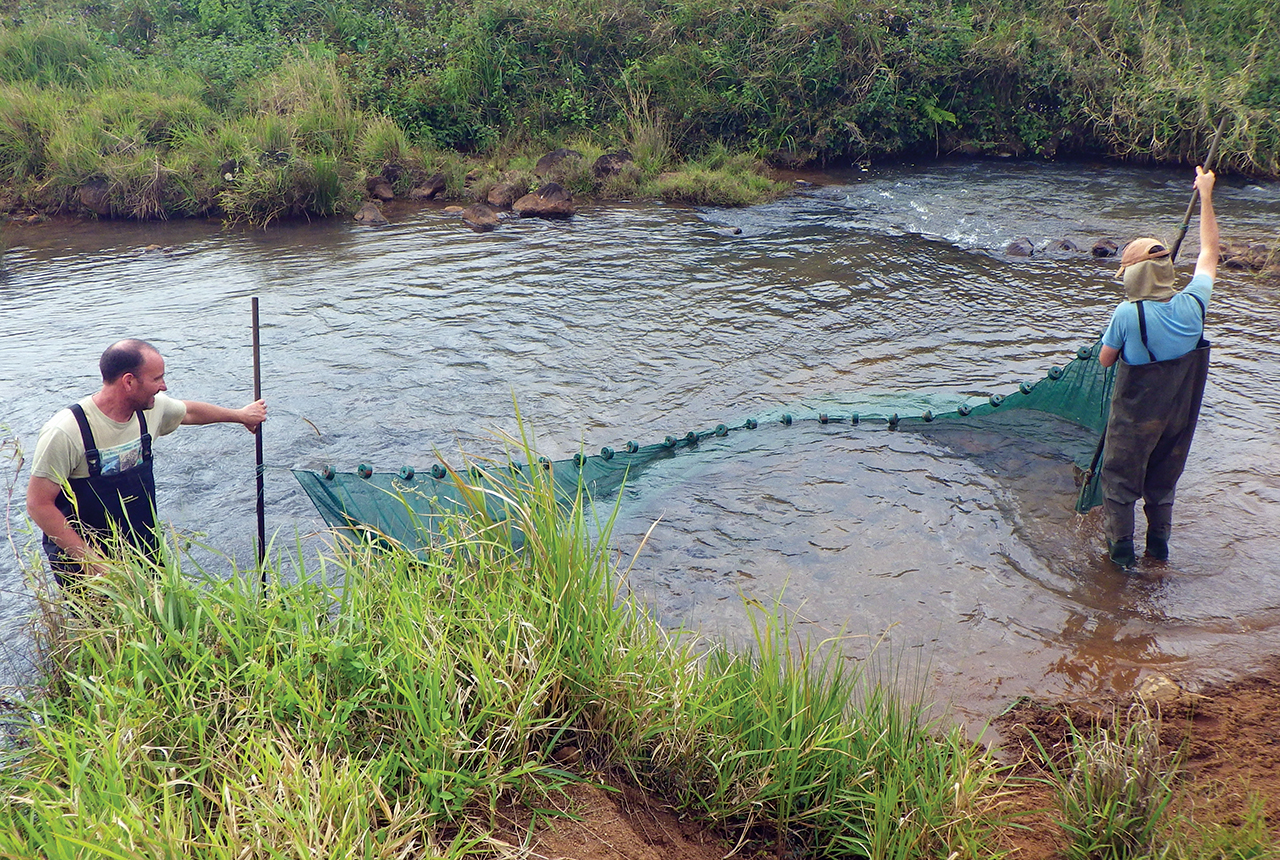
Big trouble for little fish: The 22 freshwater fishes at risk of extinction
Wednesday, 21 October 2020 -
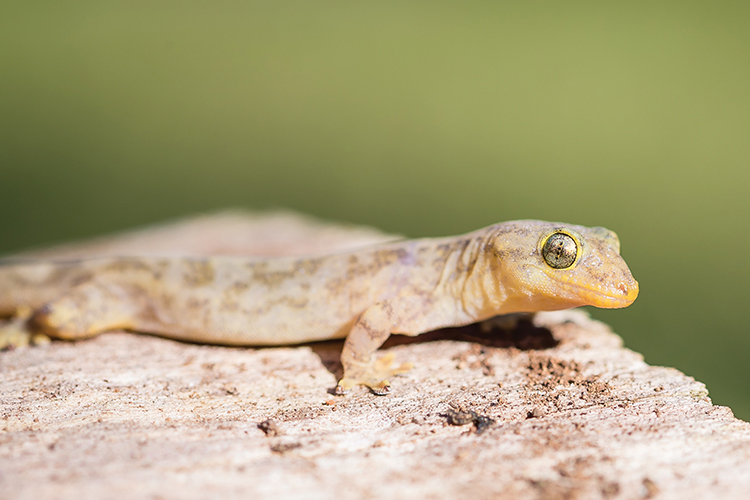
A review of listed extinctions in Australia
Tuesday, 12 November 2019 -
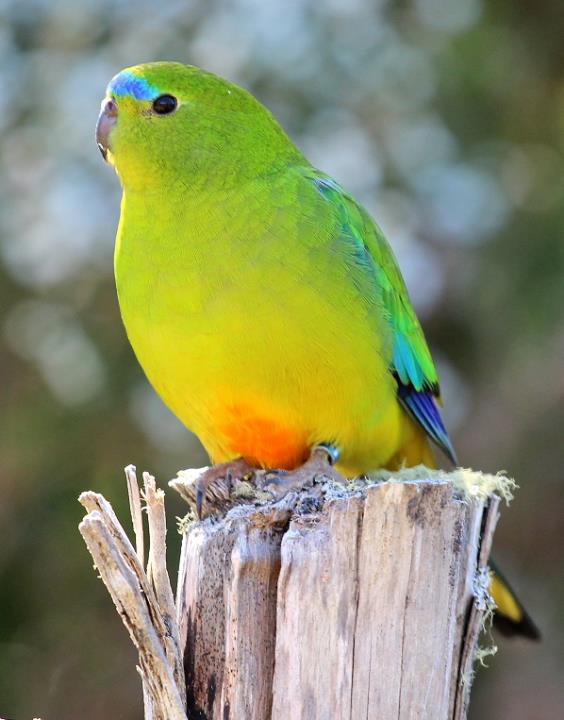
Tasmanian birds top endangered species list
Thursday, 07 July 2016 -
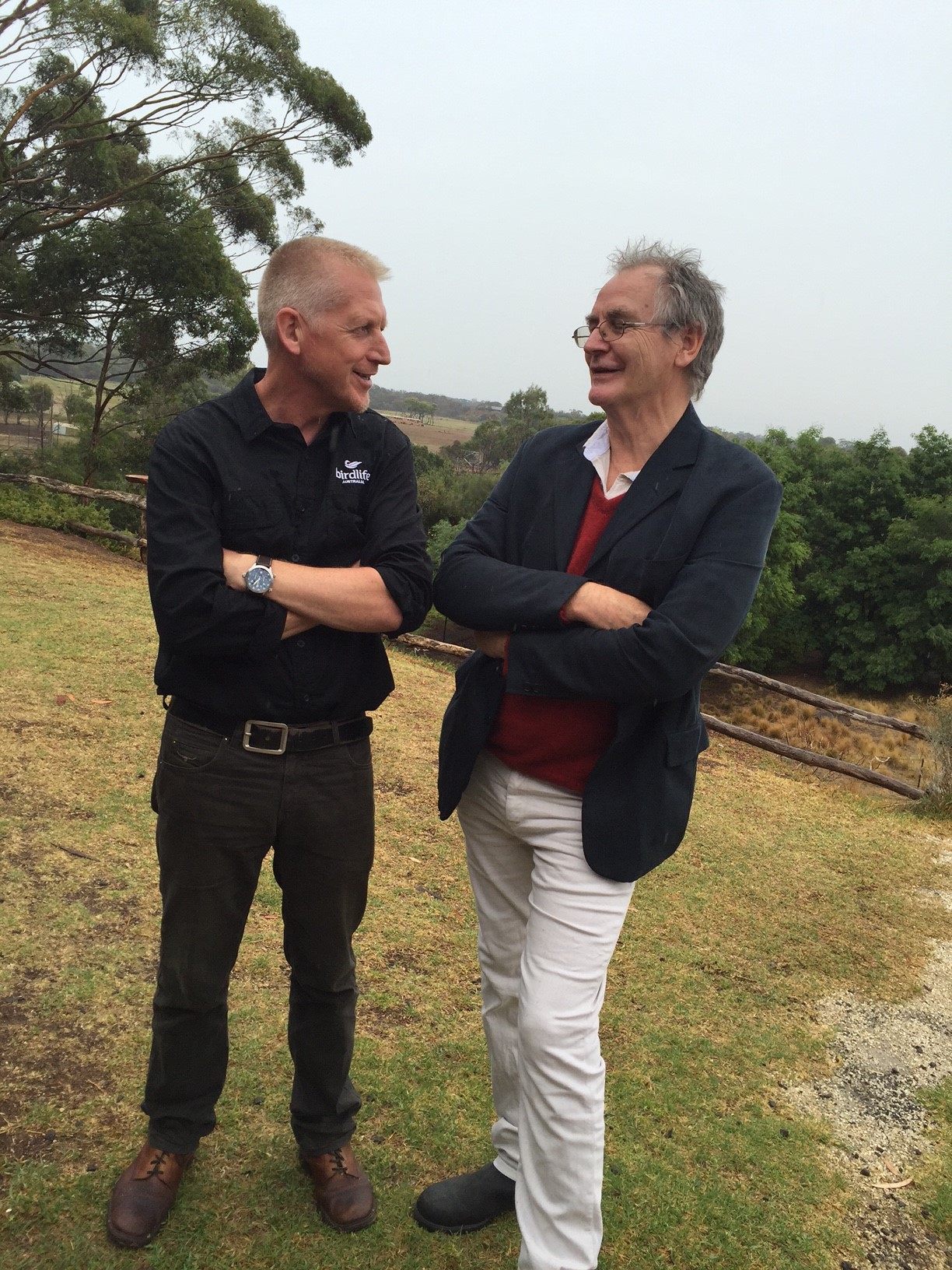
2020 target set for more threatened species
Monday, 28 March 2016 -
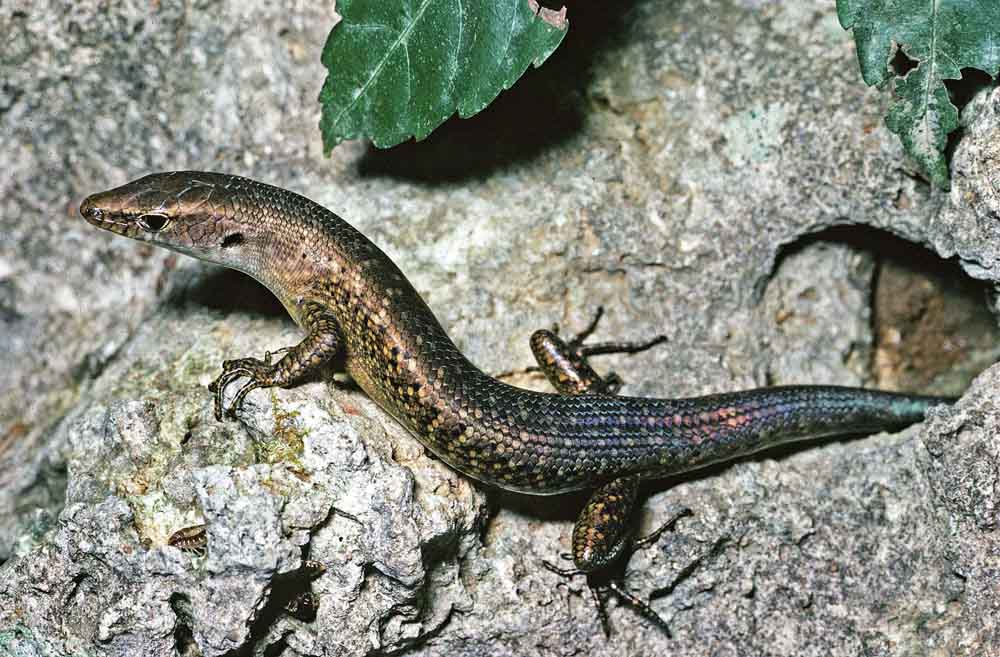
Keeping up with biodiversity loss
Thursday, 26 November 2015 -
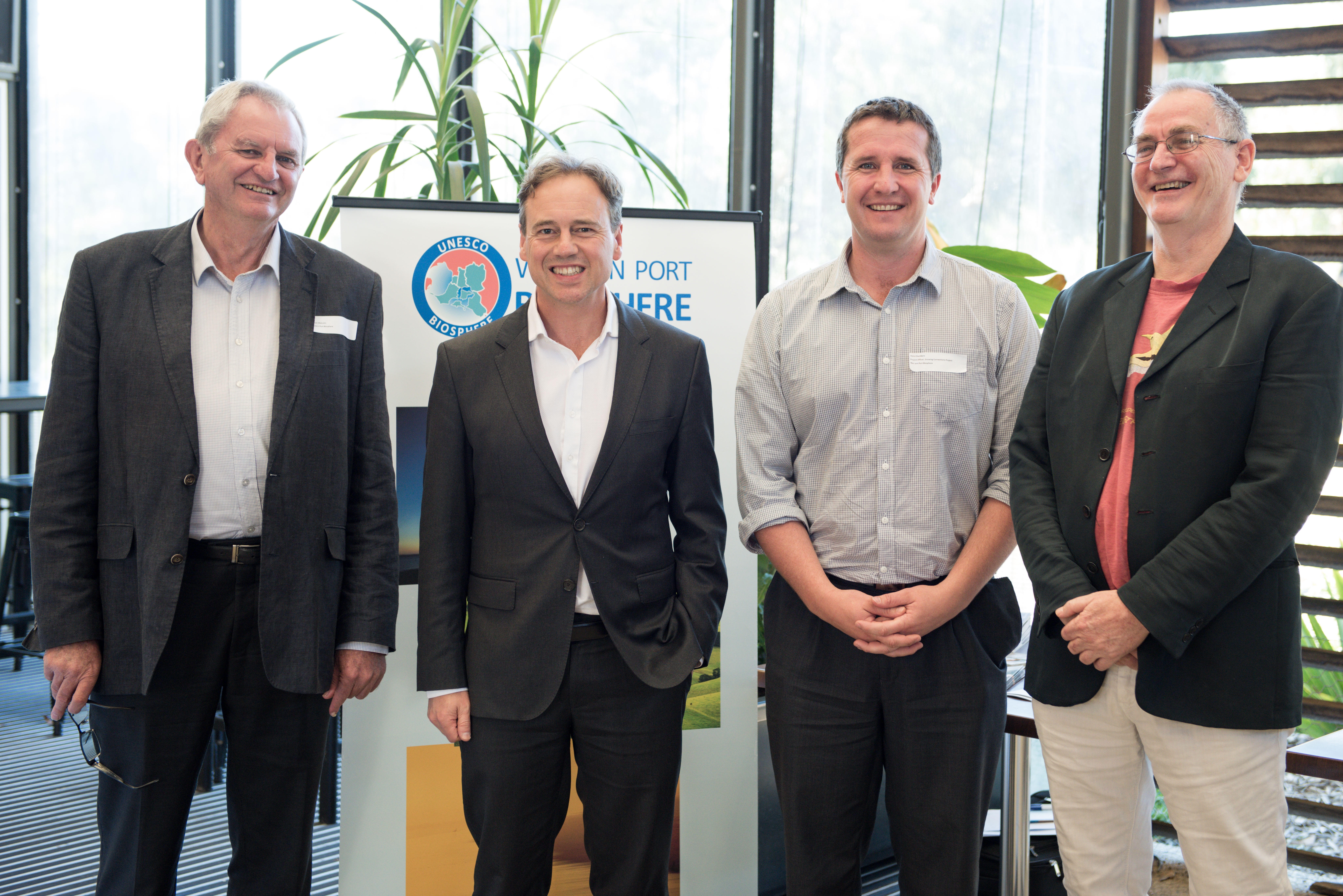
Reflections on loss
Thursday, 09 June 2016 -
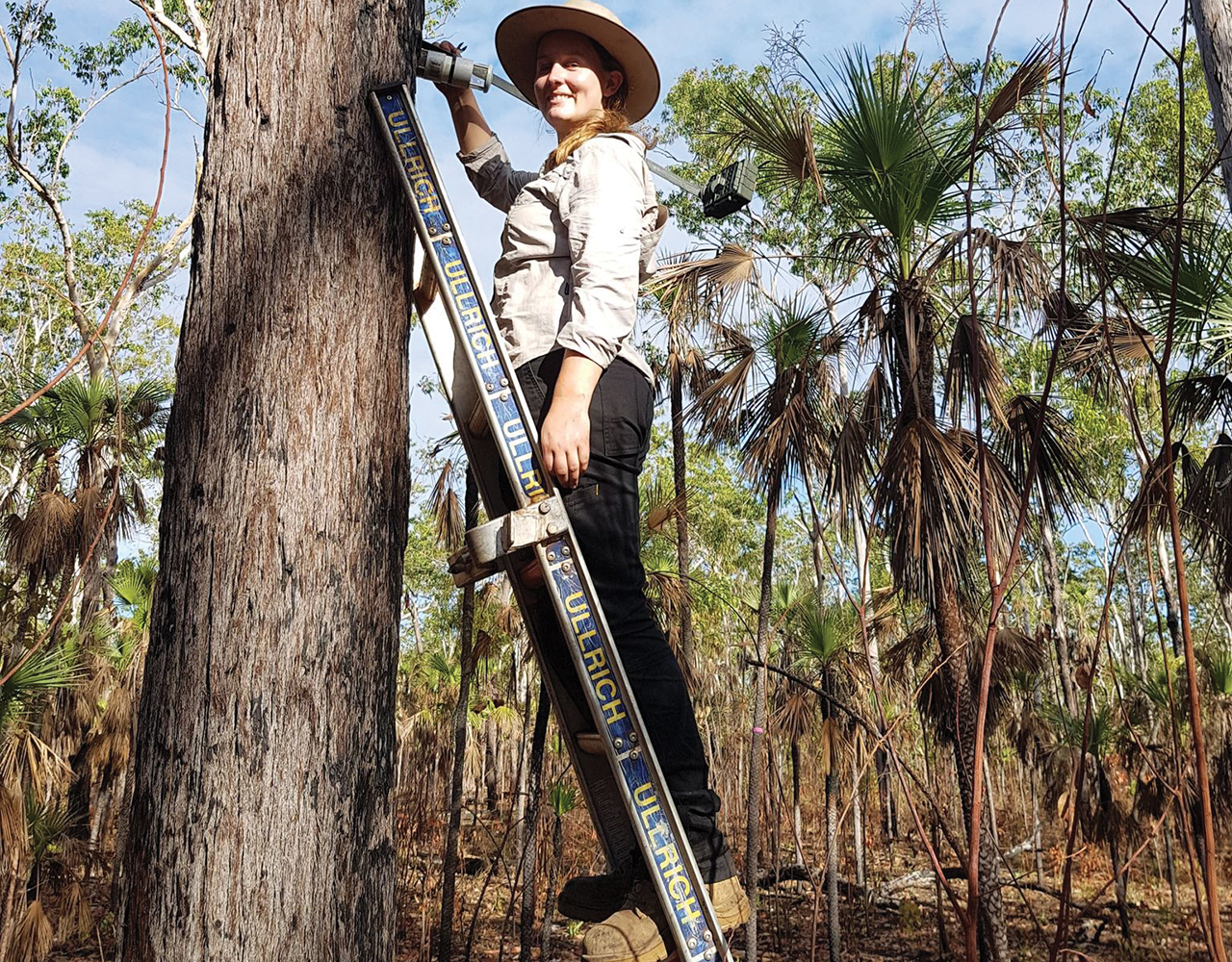
Researcher Profile: Hayley Geyle
Wednesday, 28 October 2020 -
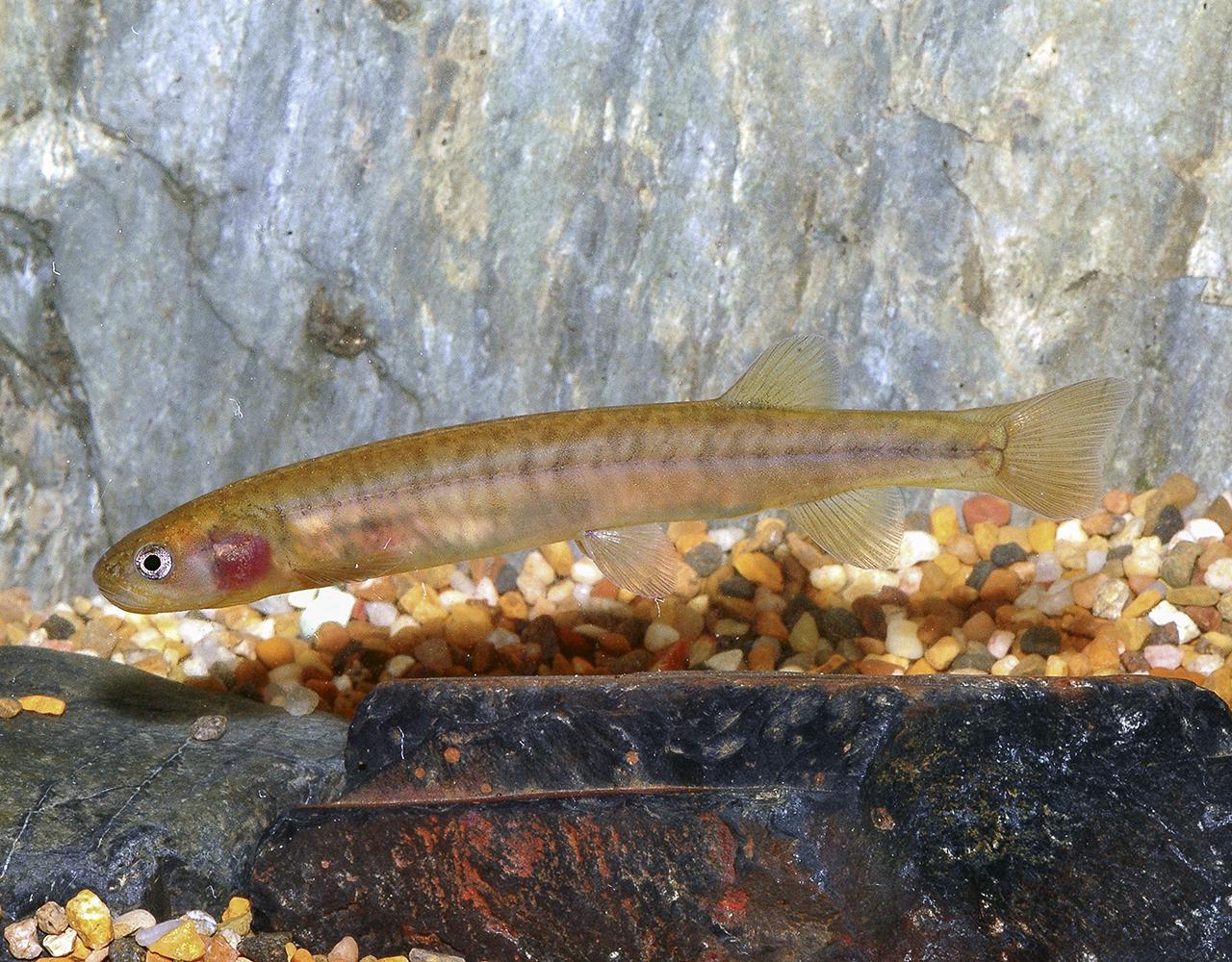
22 Australian freshwater fish at risk of extinction
Tuesday, 29 September 2020 -
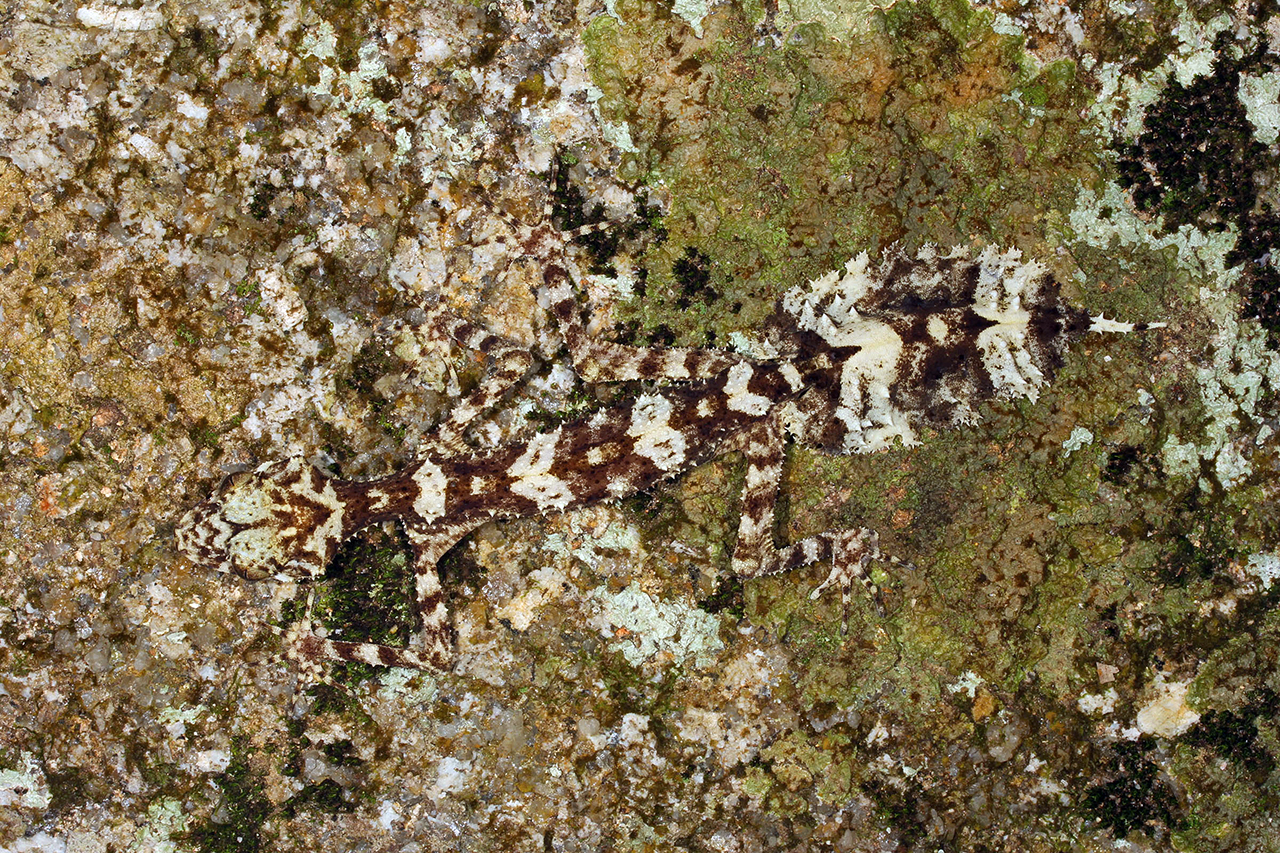
Aussie icons at risk: Scientists name 20 snakes and lizards on path to extinction
Tuesday, 29 September 2020 -
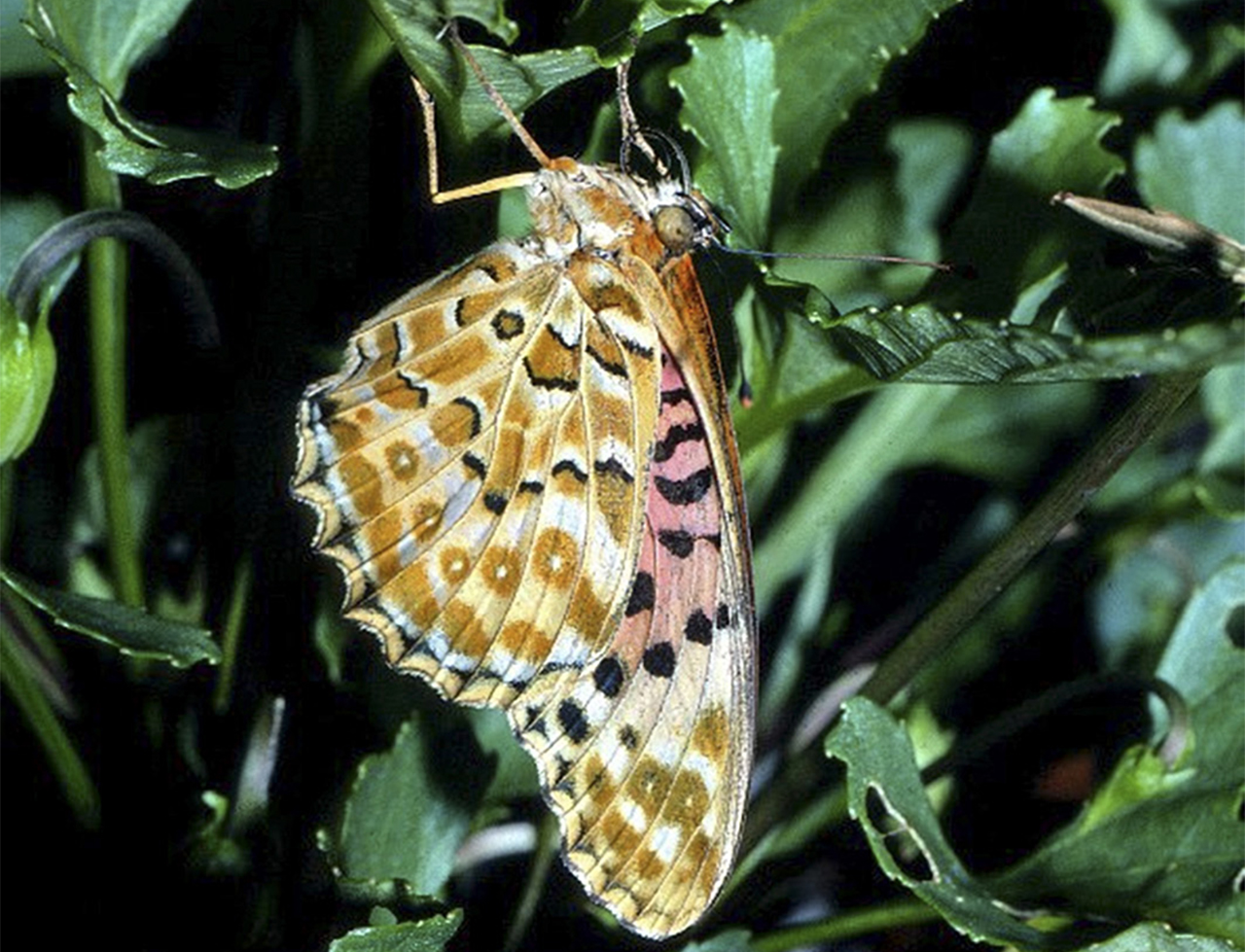
‘Australian Fritillary’ and ‘Pale Imperial Hairstreak’ top list of butterflies at risk of extinction
Tuesday, 27 April 2021 -
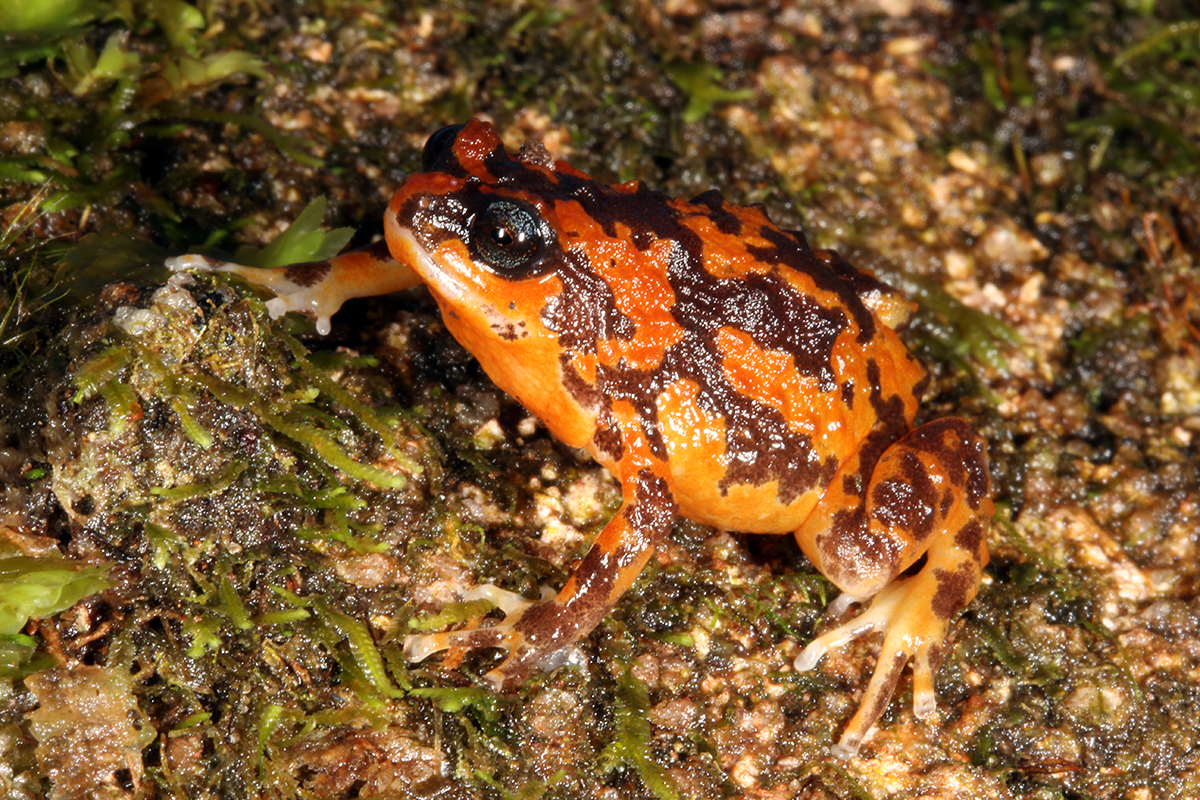
These frogs need our help: Scientists name the Australian frogs at greatest risk of extinction, four likely already lost
Friday, 20 August 2021
